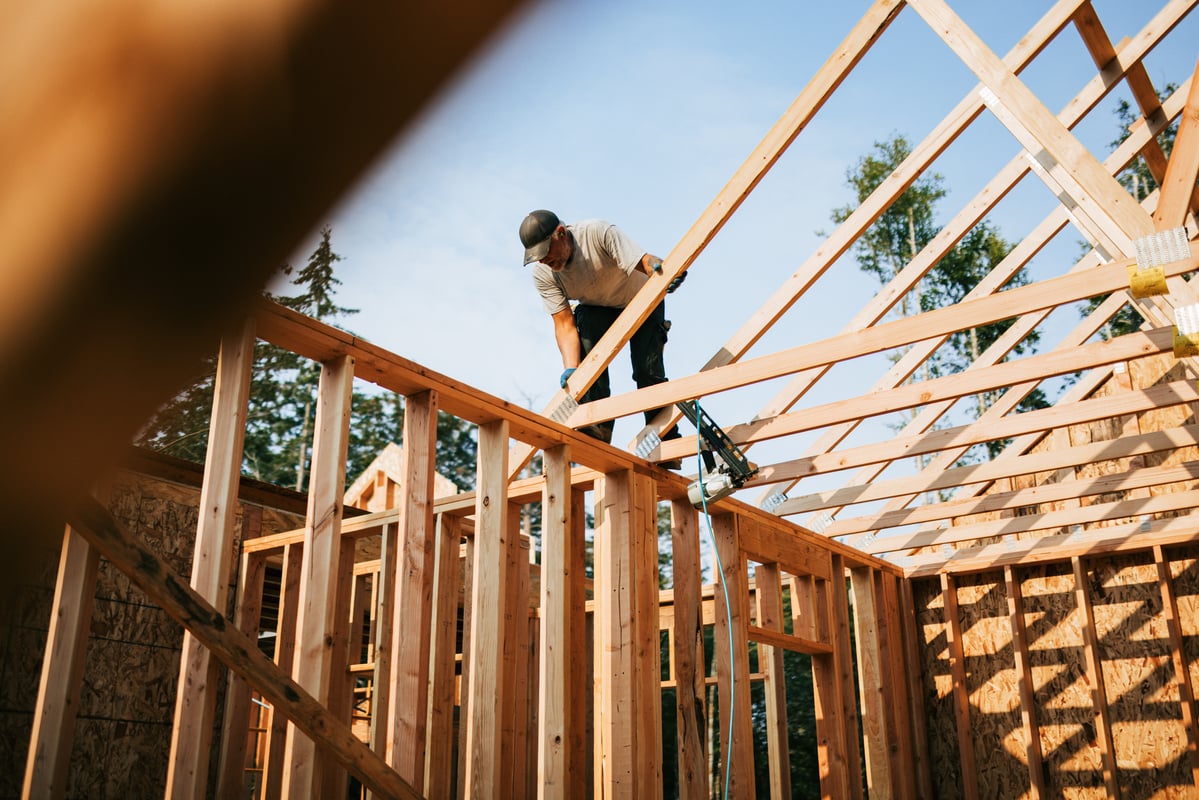Dividends represent the intention of a management team to deliver a portion of annual earnings directly to shareholders.
Most companies do everything in their power to avoid cutting their payout -- but there's nothing preventing them from pausing dividend hikes or slashing the dividend in times of financial distress.

Image source: Getty Images.
That's why it's important to check up on the health of the dividends you count on for steady income. Today, we're taking a closer look at Lowe's (LOW +0.61%) to see whether its current payout is in any risk of a cut.
Raising the dividend since the '60s
Lowe's is the second-largest retailer in the home-improvement market, behind Home Depot (HD +0.70%). That relatively weak position hasn't gotten in the way of stellar dividend growth, though. In fact, Lowe's has raised its payout every year since it went public in 1961.
That 56-year streak places the company among the most dependable income stocks on the market. It makes Lowe's a Dividend Aristocrat, too, thanks to its over 25 years of consecutive increases. That's a title that Home Depot can't claim, since it paused its payout hikes during the worst of the housing market crisis in 2008-2009.
This long track record tells investors that Lowe's has a proven ability to increase its dividend through a wide range of operating conditions. It also communicates a strong commitment by the management team to keep those checks climbing.
Paying a conservative earnings target
Its conservative payout target is a key reason why Lowe's has been able to keep hiking its payout for nearly six decades. Management is committed to allocating just 35% of earnings to the dividend. The broader market average is closer to 50%, meanwhile, and Home Depot sports an even more generous target of 55% of profits.
LOW Payout Ratio (TTM) data by YCharts.
That smaller commitment results in lower absolute cash returns, but Lowe's dividend growth has still been strong. The annual payout has more than doubled over the past five years to reach $1.33 per share in 2016, from $0.62 per share. The growth is roughly on par with the gains that Home Depot income investors have seen over the same period.
Looking forward
Future raises will depend on the retailer's success at expanding profits, and there are good reasons for investors to stay cautiously optimistic on this score. On one hand, Lowe's trails Home Depot by a wide margin in profitability and in its sales growth pace. Its 10% operating margin is nearly 5 full percentage points below the industry leader's, and its 3.5% comparable-store sales growth pace is far below Home Depot's 6.5%.
However, Lowe's is expanding from a smaller earnings base, and so it is easier to log market-beating growth. CEO Robert Niblock and his executive team are predicting a 22% earnings spike this year to $4.25 per share at the midpoint of guidance. Home Depot, in contrast, sees profits improving by 14% in 2017.
Additionally, while store-expansion plans are currently soaking up capital at Lowe's, that drag won't continue indefinitely. The retailer will eventually scale back on its pace of about 25 new-warehouse launches per year, and at that point executives will be free to consider raising their payout to something closer to 50% of earnings. Thus, investors are more likely to see higher dividends from Lowe's over the coming years rather than a cut or a pause in its dividend increases.








